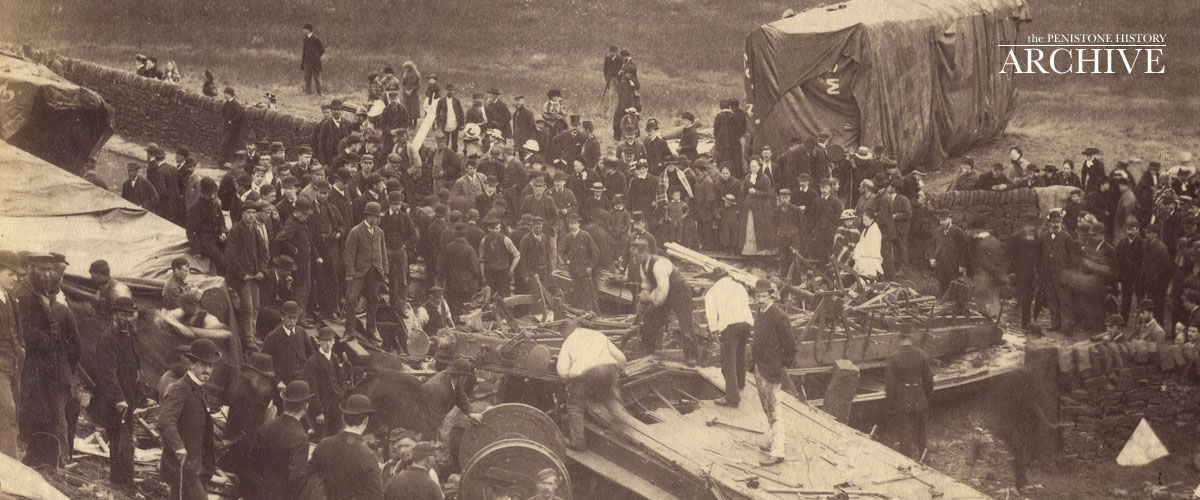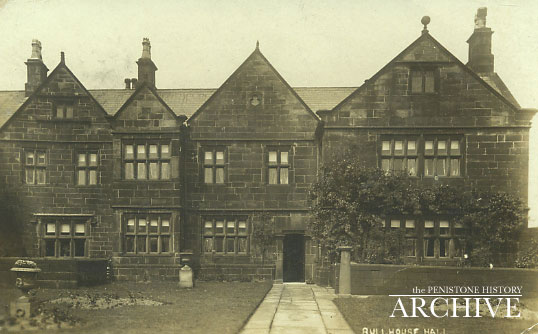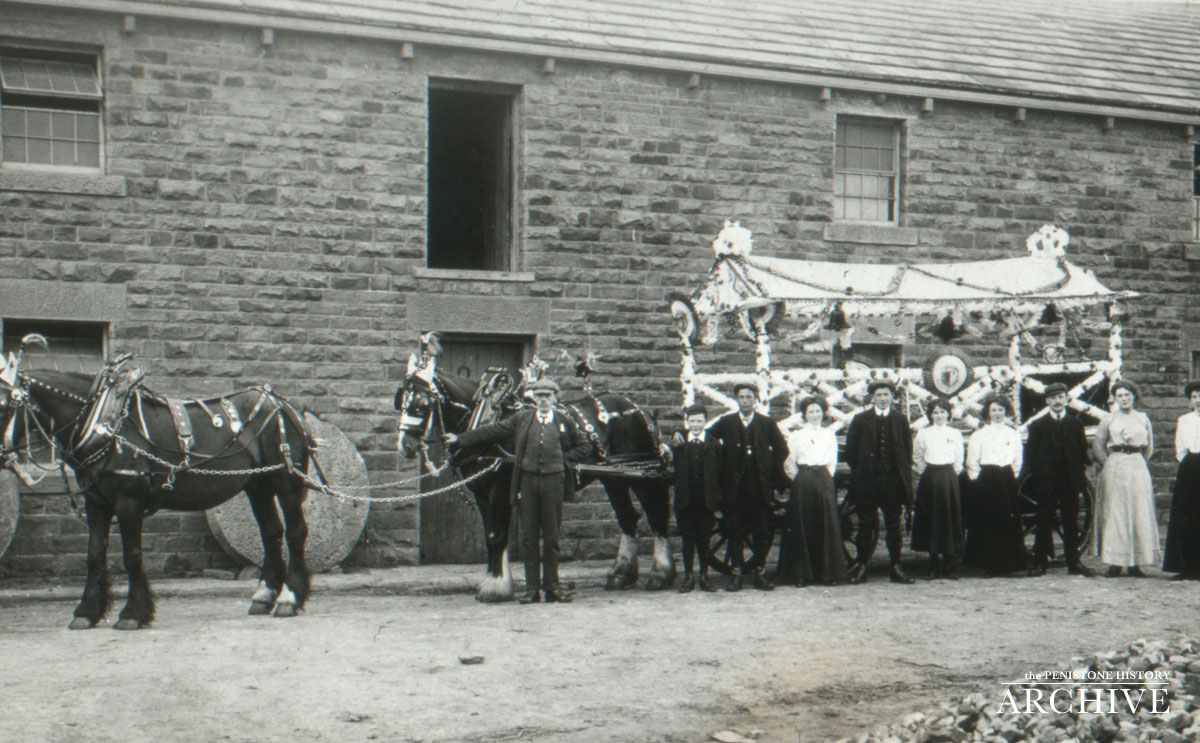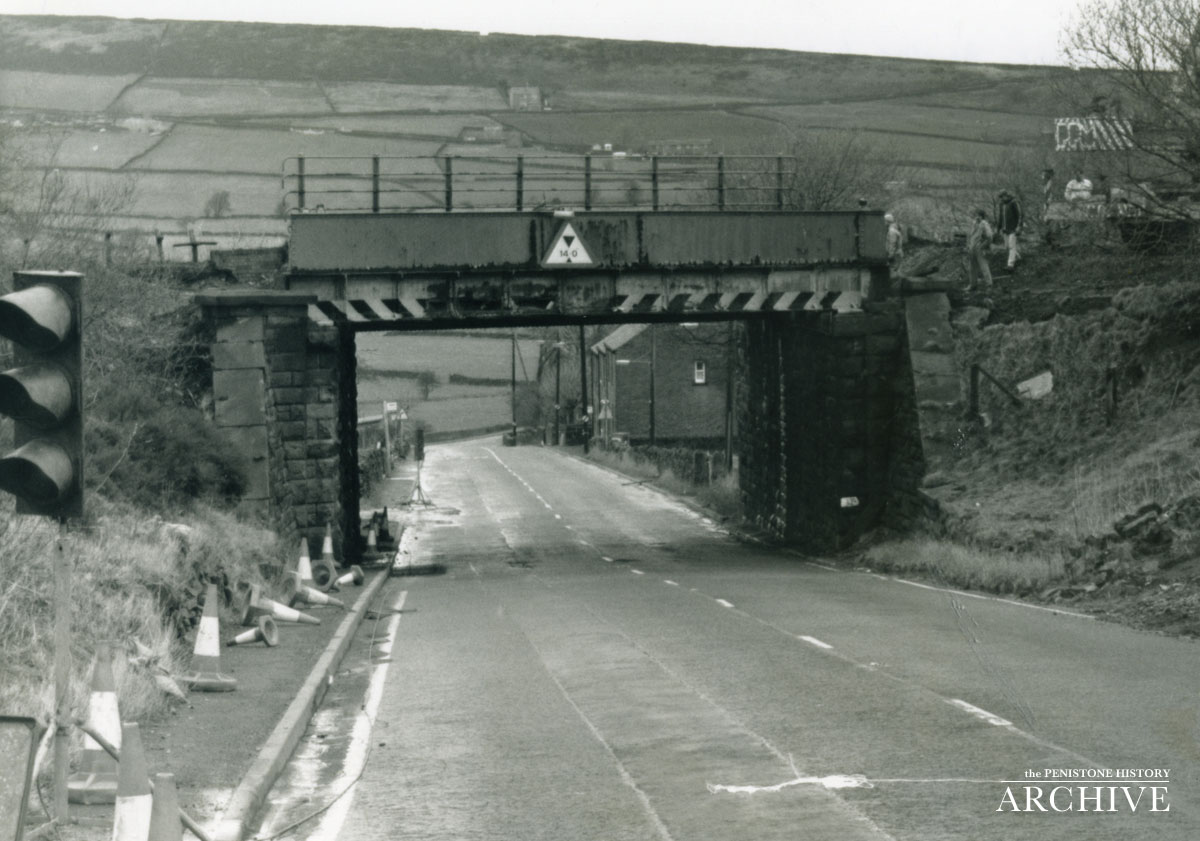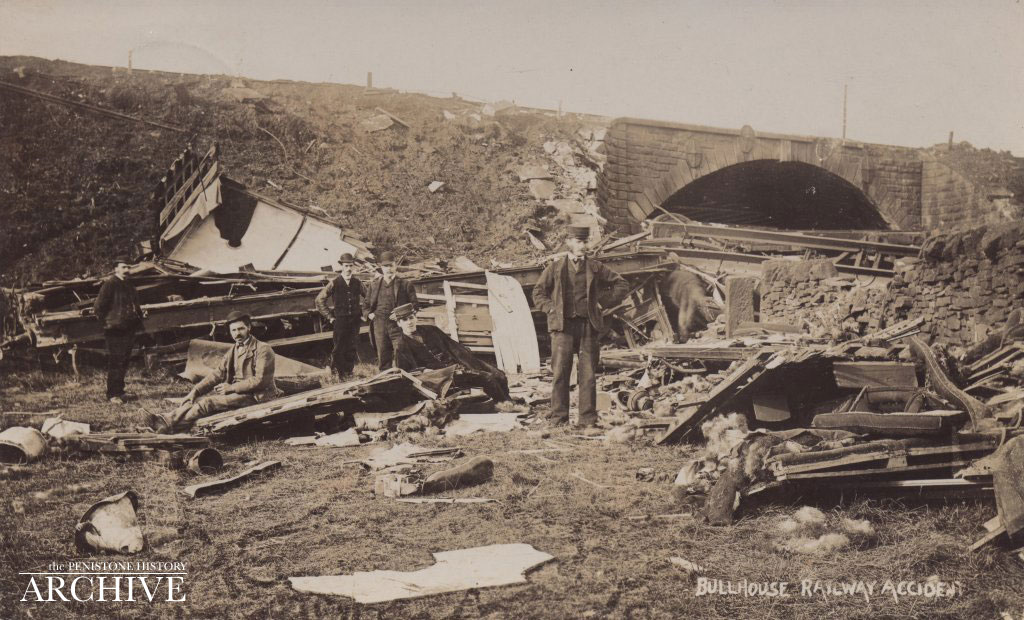Bullhouse
During the 17th century the Riches, an influential major landowner within the area developed a complex of buildings at Bullhouse. This area contains a large selection of 17th century buildings all centred on Bullhouse Hall, a grade II* listed building, what has been referred to as the greatest house in these parts. The Rich family records back in the 1370. The Riches owned two corn mills at Bullhouse and two fulling mills for thickening and cleansing cloth at Millhouse and Thurlstone. Their influence is still readily visible through the collection of impressive 17th century buildings at Bullhouse.
(Taken from the Penistone Heritage Character Assessment, published by the Penistone Neighbourhood Development Plan.)
Bullhouse Chapel
This is a ‘dissenters chapel’ and is the oldest independent non-conformist chapel in the country. It has been in continuous use since it was built by Sylvanus Rich in 1692, a member of an important local gentry whose who also built Bullhouse Hall, in 1655. During the English Civil Wars Sylvanus’s father, William Rich fought on the parliamentarians side, together with Adam Eyre another local gent who lived at near-by Hazelhead Hall. Eyre’s diary refers to the garrison at Penistone, under Sir Francis Wortley, being removed at the end of the Civil Wars. Many Protestant priests were persecuted and lost their livings under this act, which required clergy to swear allegiance to the restored monarch. In 1672 the Act of Toleration led to a more permissive approach to protestant priests.
The congregation at Bullhouse Chapel was already at 200 in 1715.
The Rich family tree, which can be seen in Penistone Archives, stretches back to 1370. As well as the Chapel and the Hall the family owned 2 Corn Mills at Millhouse Green and a further one at Thurlstone.
Bullhouse Railway Disaster. 16/07/1844.
An infamous railway accident is also part of the history of Bullhouse. The coming of the railway to Penistone and the subsequent construction of the Woodhead Tunnels contributed considerably to the growth of Penistone during the last century. Unfortunately the haste which the railway companies competed with each others led to lapses in passengers safety issues.
On the above date a train heading from the Manchester direction left the rails near Bullhouse due to a broken cast iron con-rod. At a curve near to the old railway bridge (Now the TPT Millennium Bridge) with an embankment. Carriages rolled down the embankment and crushed several passengers. The carriages were flimsily built and completely destroyed by the event. Men ran from the fields around and the local Bullhouse pit. They helped the survivors who were sent to hospital. The total of dead was 24, 19 died at the scene and 5 died later by 6th August 1844 in hospital. Many of the dead were women.
As a result of this disaster and other similar events the con-rods were replaced by steel. A plaque commemorating this disaster has since been erected and opened by pupils from Millhouse Primary school in 2012. It is near to the Millennium Bridge.

